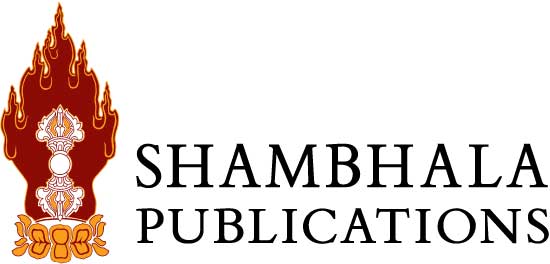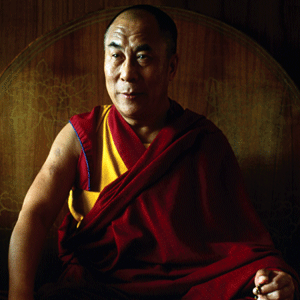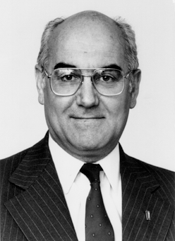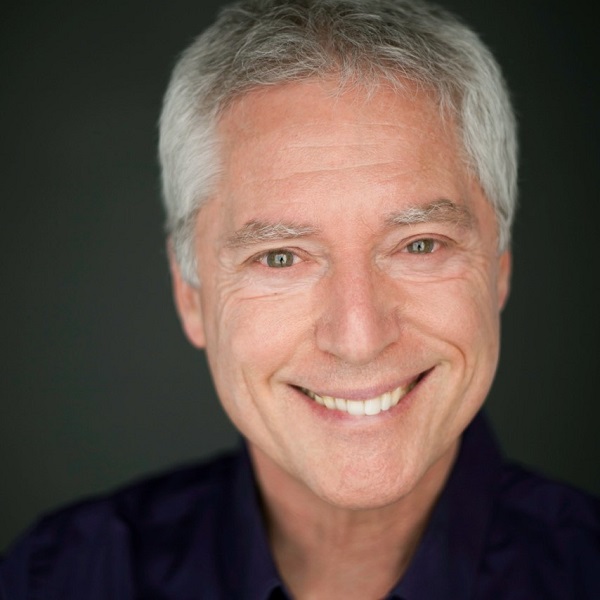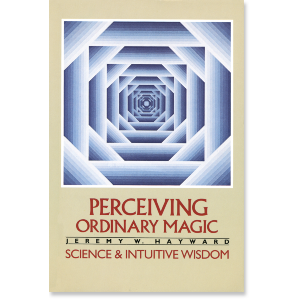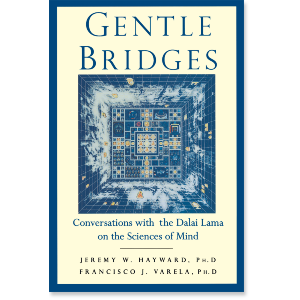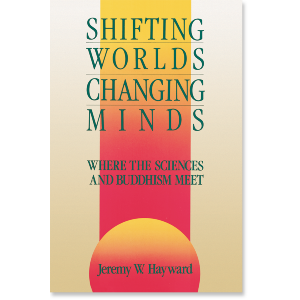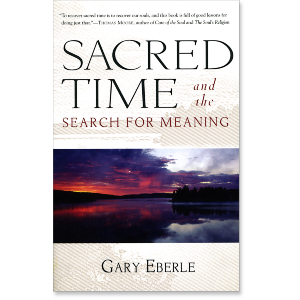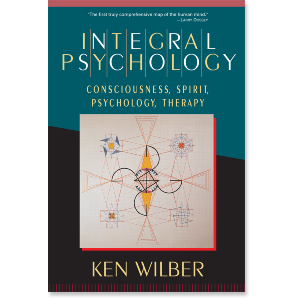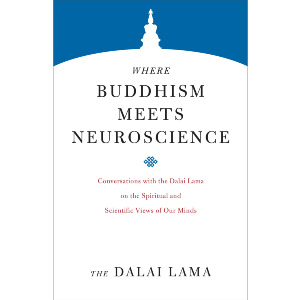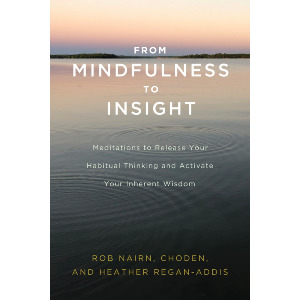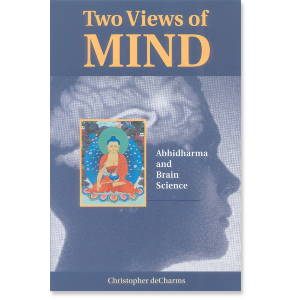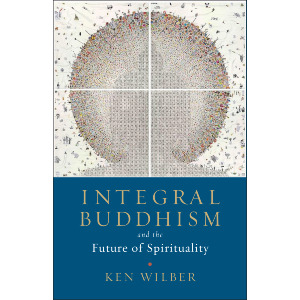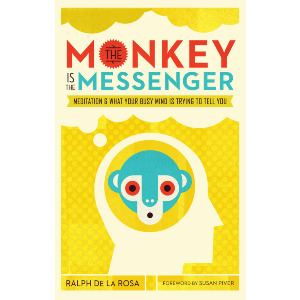| The following article is from the Spring, 1988 issue of the Snow Lion Newsletter and is for historical reference only. You can see this in context of the original newsletter here. |
A Report On Mind and Life Conference (1987)
By Adam Engle

Day 1: Dr. Jeremy Hayward
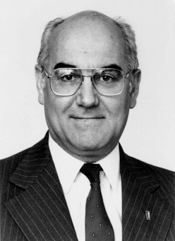
Jeremy Hayward, international education director of Shambhala Training.
The first day of the dialogues were opened by Dr. Jeremy Hayward, who introduced the subject of how western science validates and proves itself. He gave an historical perspective of the beginnings of western science and the culture within which it was developed.
He spoke about the scientific method and reductionism and scientific empiricism. This provided a framework for the Lamas to understand the way western science thought about itself.
During the afternoon session that day, His Holiness spoke about how Tibetan Buddhist cosmology is investigated and validated. Using the tools of the mind and introspection, Buddhist scholars and yogis have developed an equally intricate understanding of reality.
the scientists took off their purely scientific hats and engaged in discussions from the standpoint of their own personal sensibilities.
Day 2: Francisco Varela
Day two began by Francisco Varela making a presentation of how the Western neuroscientists view the operation of the brain with focus on the process of vision.
Dr. Varela drew a distinction between plant and animal life based on the greater ability of animals to move. He focused attention on the progression from single cell animals to complex multi-cell animals. Using a series of slides, Dr. Varela described the way the neurons of these organisms of varying degrees of complexity organize themselves to form a brain.
He completed his presentation with descriptions of experiments relating to the operation of the eye and visual cortex to create vision.
Dr. Varela added this observation:
Much water will flow under the bridges before Buddhadharma becomes an integral part of Western cultures, in an as yet uncertain future. Of one of these changes we can be certain: a mature dialog with science, so that both partners in this dance are modified. When Buddhism arrived in Japan, it found a culture enamored with warriorship, just as much as our culture holds science at its core.
Over a few hundred years, a unique breed of Zen was born for benefit and delight of generations to come. What form will the creative embrace of science and Buddhism take? For the time being we have only a few fragmentary bridges worthy the attention.
It must be noted that during the morning sessions, all the scientists were extremely careful to present their fields of expertise from the standpoint of what is generally accepted by the mainstream thinkers in their field.
During the afternoon sessions, however, the scientists took off their purely scientific hats and engaged in discussions from the standpoint of their own personal sensibilities. This provided an environment whereby the current thinking of modern science could be clearly identified and more probing discussions of the relationship between western science and Buddhist contemplative science could be studied.
An introduction for most interesting discussions on Eastern and Western views on psychological theories and practice...
Day 3: Dr. Eleanor Rosch

Professor Eleanor Rosch
The next day saw Dr. Eleanor Rosch introduce the subject of cognitive psychology by giving a brief history of modern psychology as it wound its way through various theories to the present day. This provided a format for most interesting discussions on Eastern and Western views on psychological theories and practice.
What is artificial intelligence? The study of AI has caused scientists to rethink the whole notion of what intelligence really is.
Day 4: Professor Newcomb Greenleaf
Professor Newcomb Greenleaf introduced day four with a presentation on computer science with emphasis on artificial intelligence: how humans are trying to build and program machines that think.
Among other things, he noted that the study of artificial intelligence has caused scientists to rethink the whole notion of what intelligence really is. In decades past, it was thought that development and completion of complex mathematical models presented some of the highest forms of intelligence known.
Although computers can be easily programmed to perform such functions, it has remained very difficult to teach them how to see, to think or to tie a shoelace. Therefore, scientists are now considering that very simple tasks actually require a high degree of intelligence.
Dr. Greenleaf's presentation touched on various forms of logical systems which greatly interested His Holiness and the Geshes.
How humans are trying to build and program machines that think?
Day 5: Dr. Robert Livingston
Dr. Robert Livingston began day number five by showing a 20 minute film which he produced in the brain science laboratory at the University of California at San Diego. Dr. Livingston's current field of research involves creating a computerized mathematical model of the brain and, in doing such, he has dissected and photographed hundreds of brains to chart their neurological pathways.
He noted that while all brains are roughly similar, each has its distinctive patterns, in much the same way no two snowflakes are identical. Dr. Livingston described the development of the brain and nervous system from an embryo to a mature neurological system.
Day 6: Dr. Luigi Luisi
Dr. Luigi Luisi from Zurich began day six with a short introductory presentation on molecular biology and biochemistry, demonstrating the way molecules arranged themselves into patterns and that these patterns to a large extent define life.
Dr. Varela then gave a presentation on the Western history of evolutionary thought.
Day 7: Gratitude
Day number seven was marked with deep felt expressions of thanks and appreciation by all participants in the conference, the interpreters, the organizers, and invited guests, together with presentations of offerings and gifts.
The translation was handled marvelously by very effective interplay between Alan Wallace and Thubten Jinpa. His Holiness would turn to one or the other of them depending on the nature of the inquiry and with each one checking the other's understanding and interpretation, and with His Holiness checking them both, everyone felt the interpretation's accuracy was virtually perfect.
The conference was recorded in full on both video and audio cassette. The cassettes have been transcribed and the raw transcription runs 440 pages. The coordinating committee is presently deciding the most effective way to make the fruits of this conference available to the public. In addition, follow-up meetings and discussions are planned.
For further information or inquiries, go to Mind and Life Institute's website.
